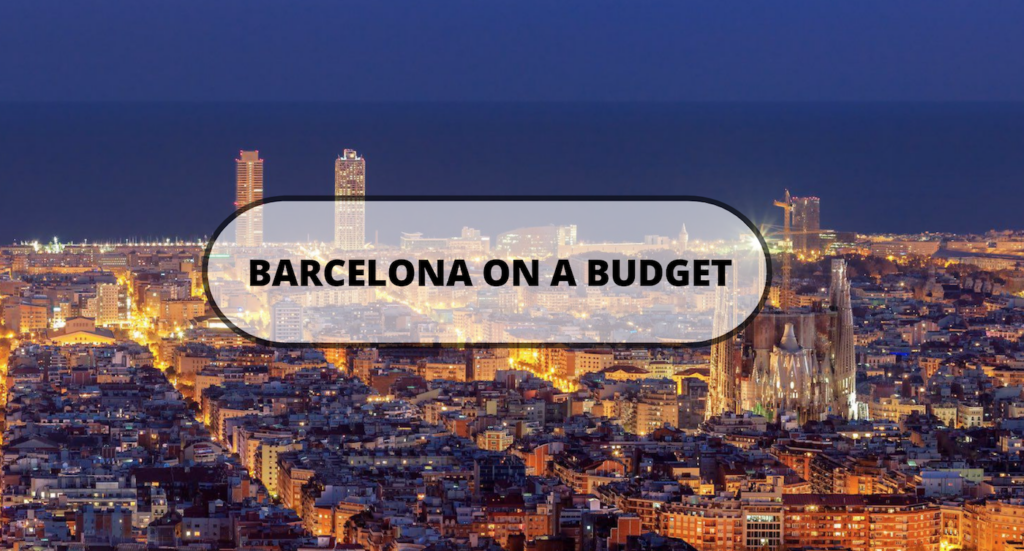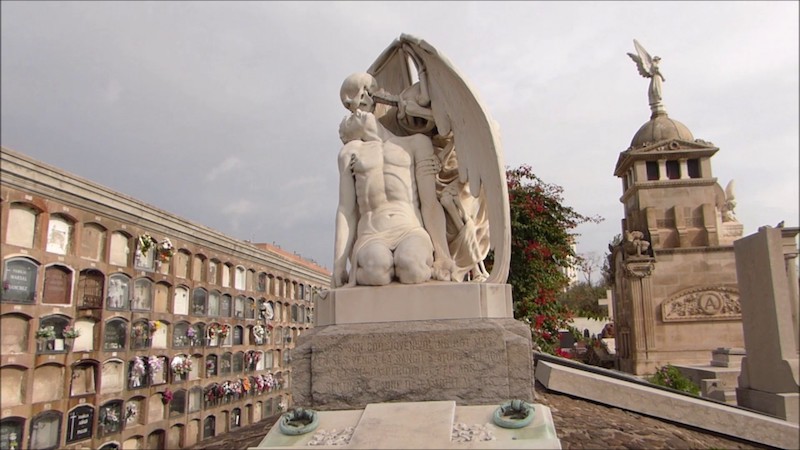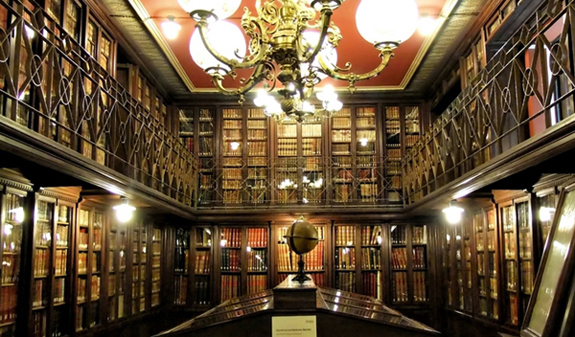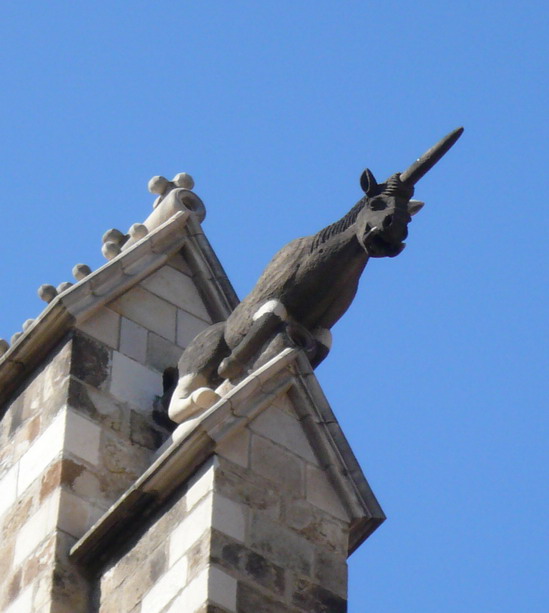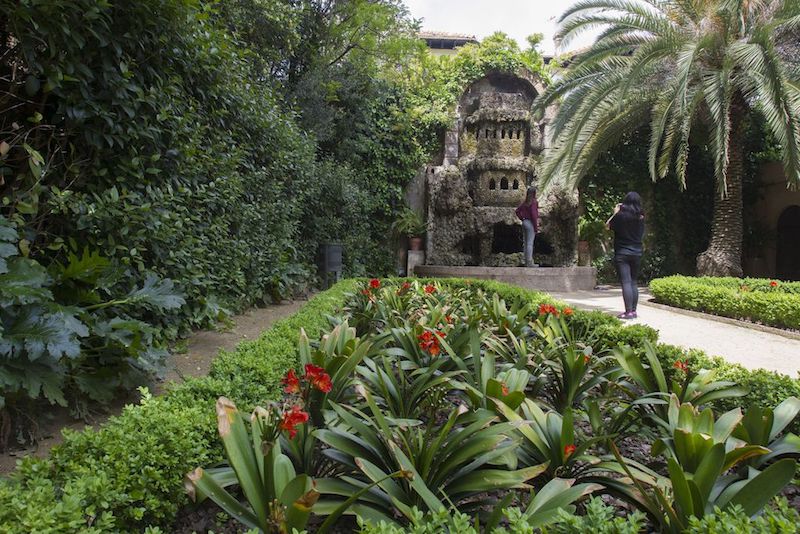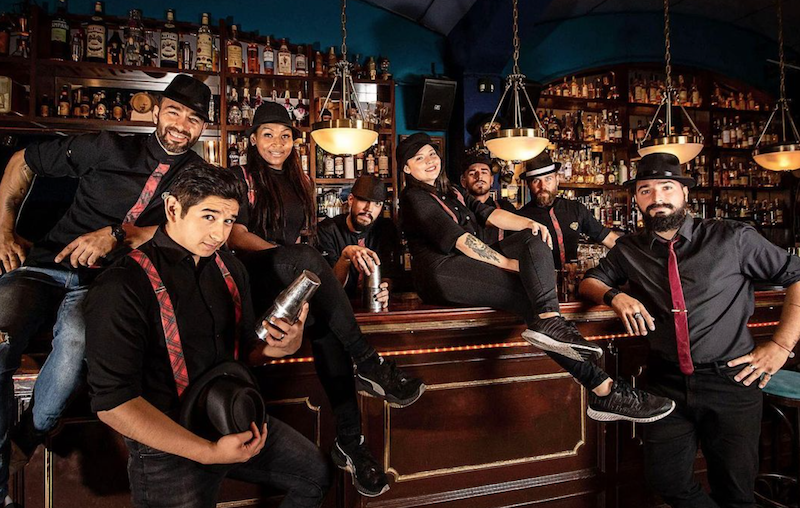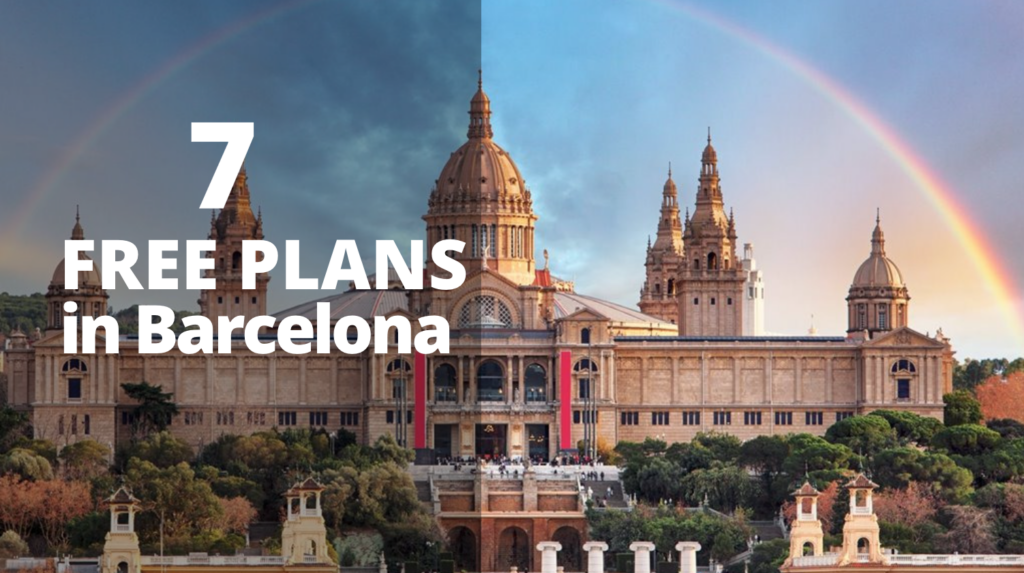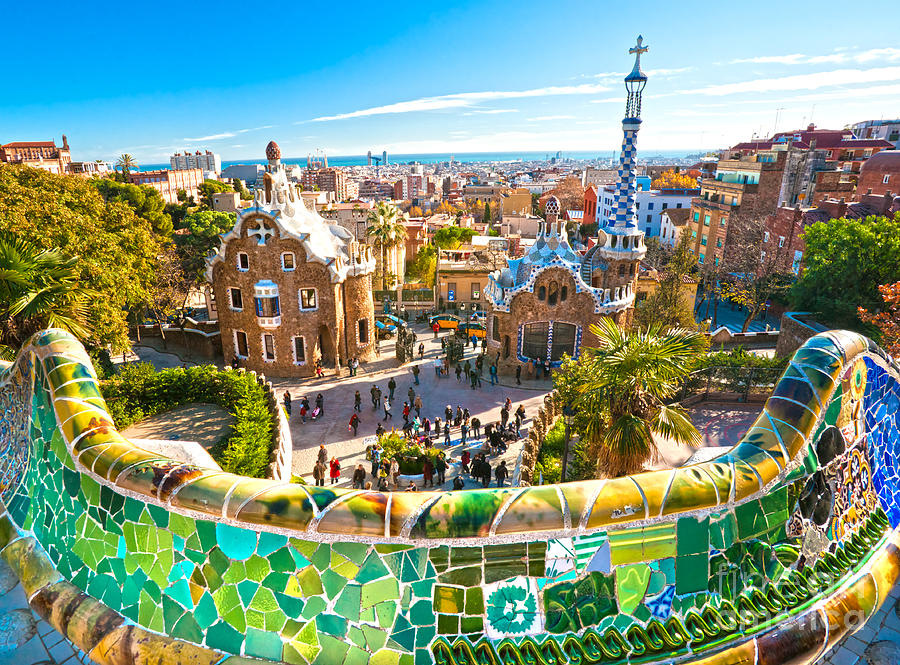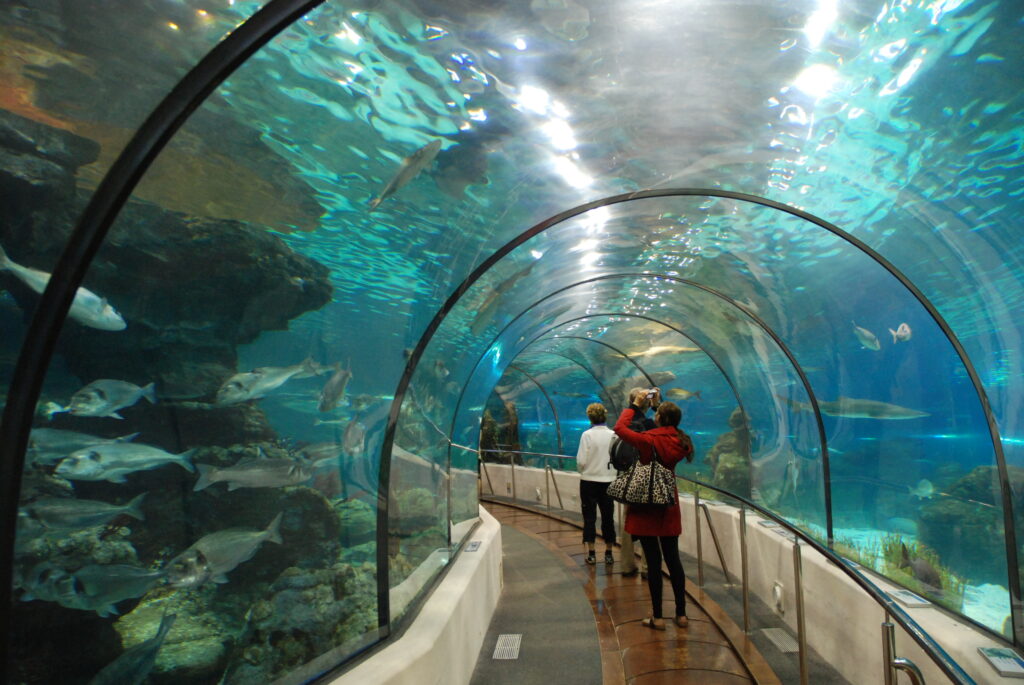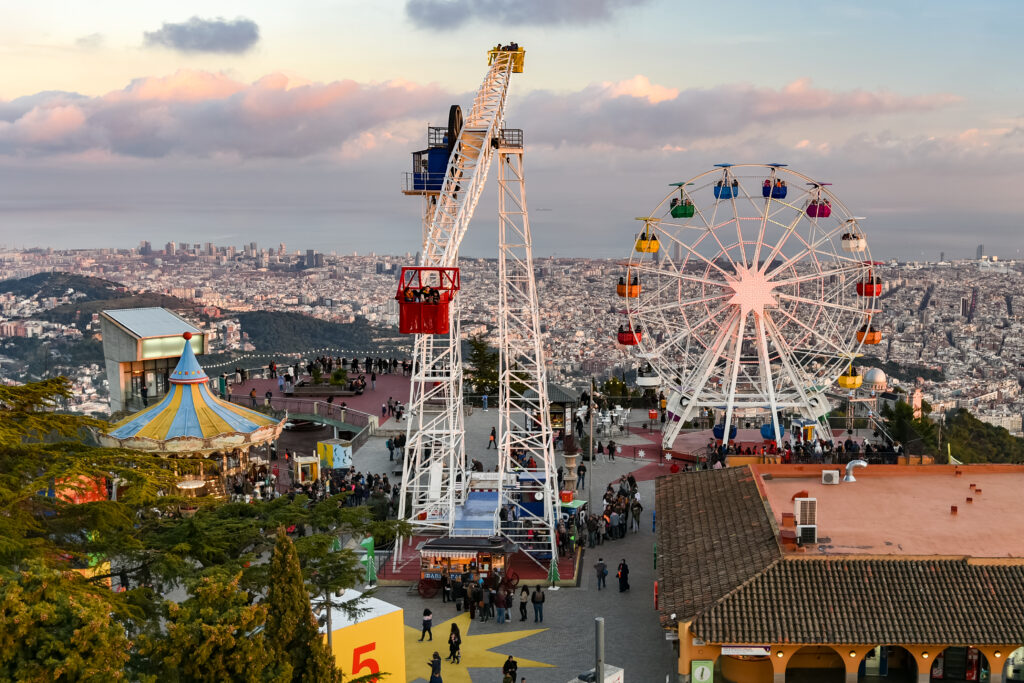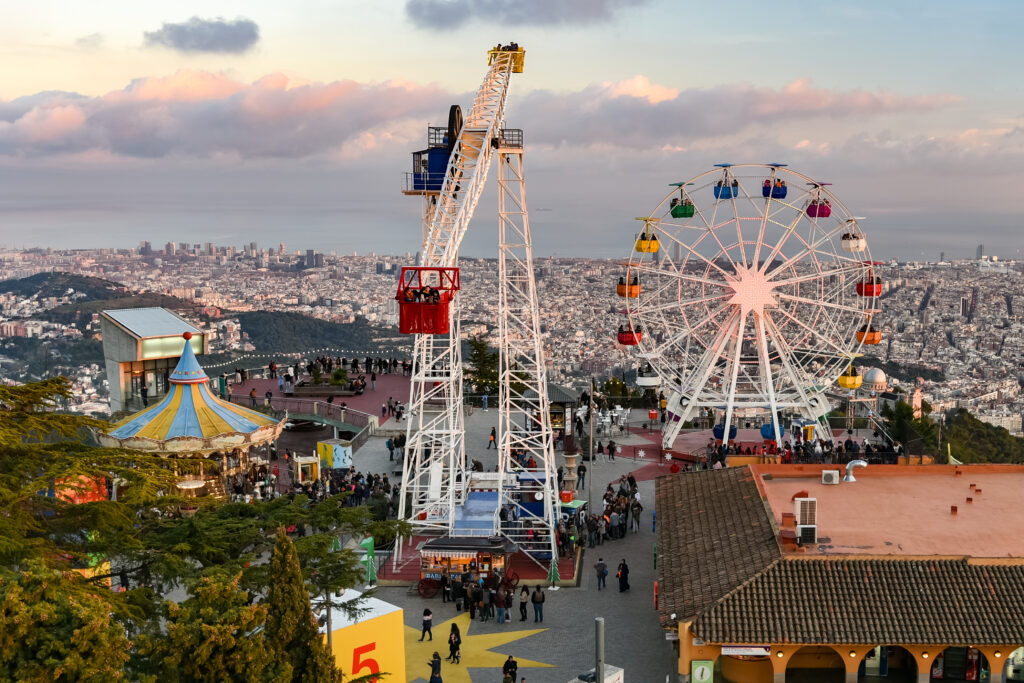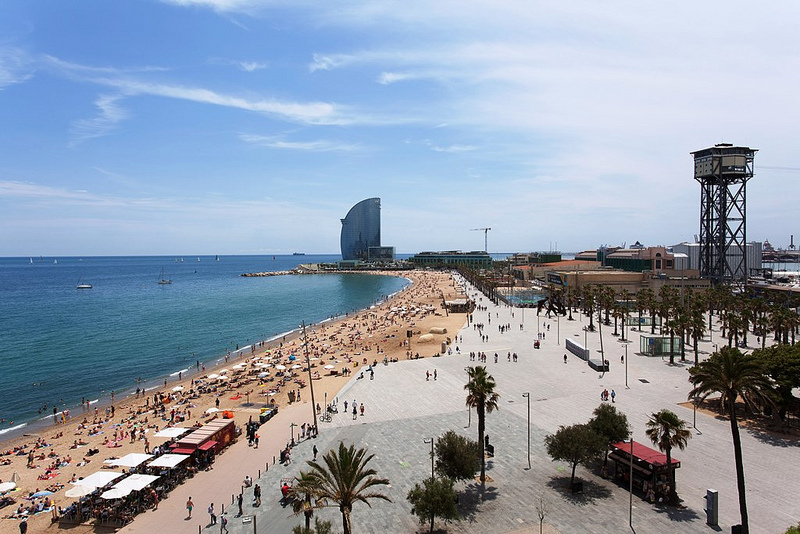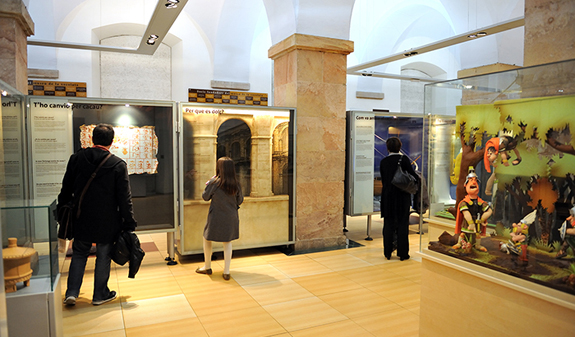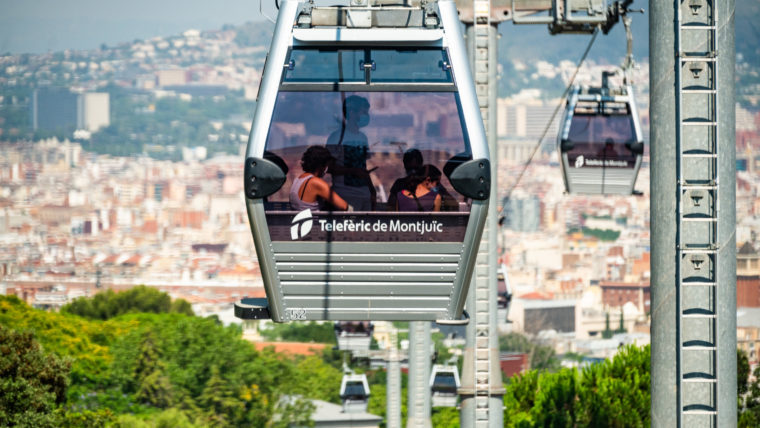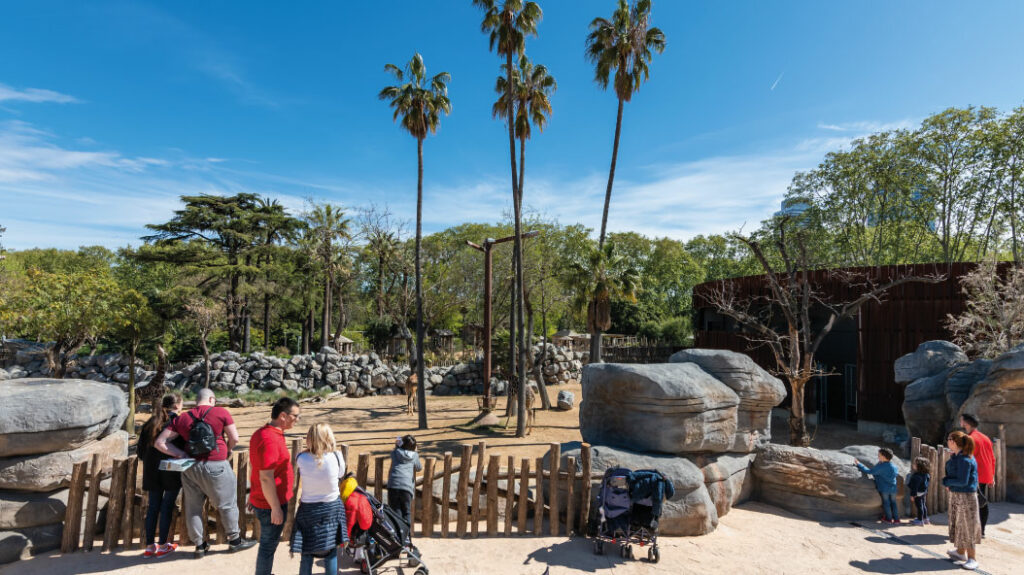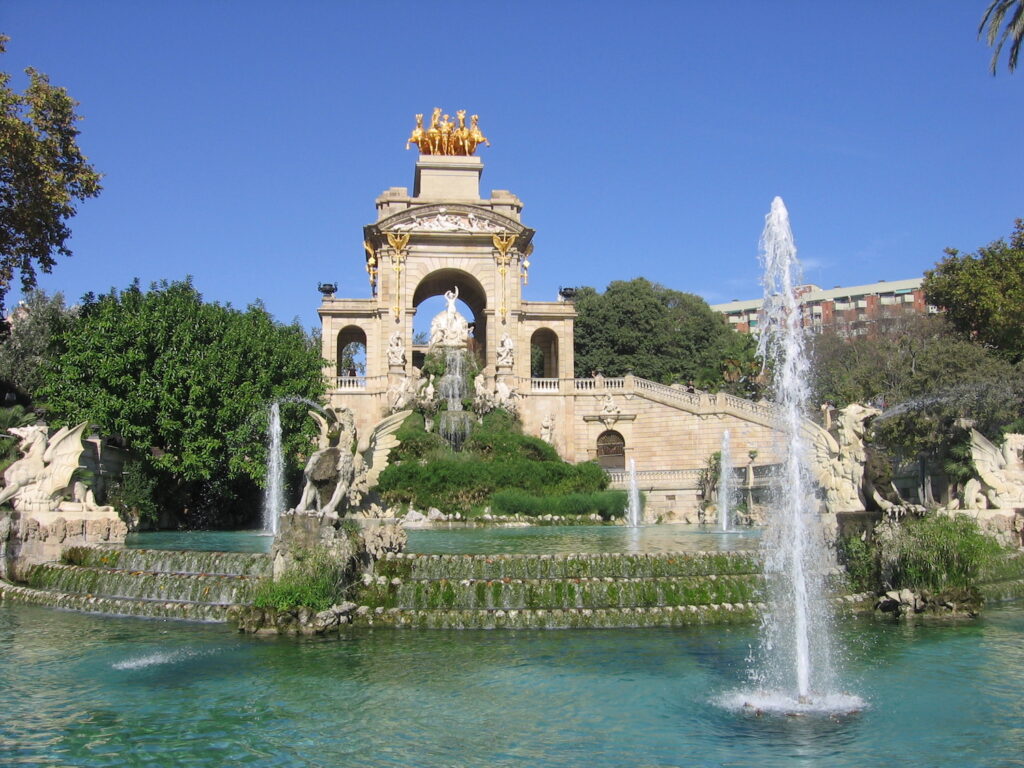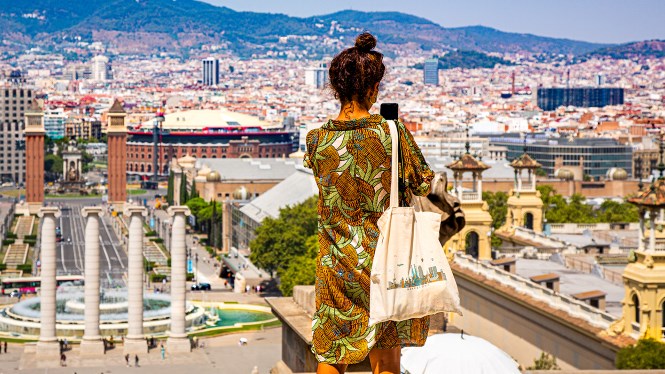Barcelona, a city known for its vibrant culture, stunning architecture, and delectable cuisine, offers visitors a unique opportunity to immerse themselves in the local culinary traditions. One such tradition that captures the essence of Catalonia is “vermut” or “vermouth.” In this blog post, we’ll explore what vermut is, its historical significance, and where to savor this iconic drink in the heart of Barcelona. So, grab a seat and get ready to discover the world of vermut in Barcelona.
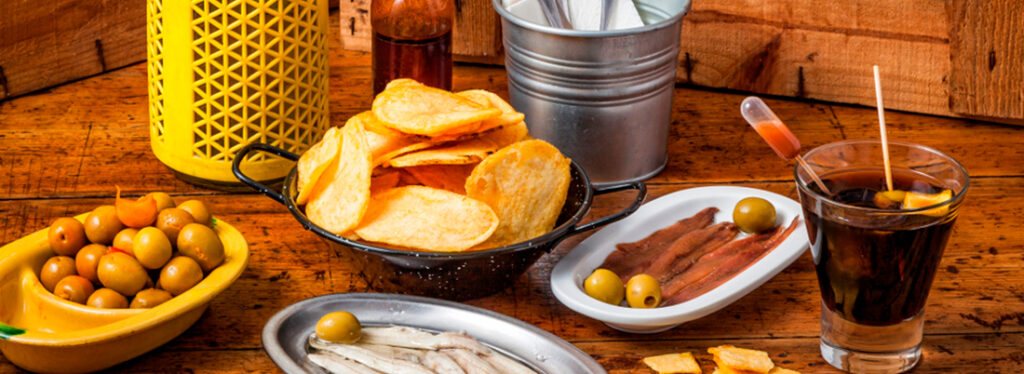
What is “El Vermut”?
“El Vermut” in Catalonia is the tradition of going out for a drink and a snack before lunch, around 12:30-1:00 pm. Going for “El Vermut” doesn’t necessarily mean just having the drink itself (Vermouth), although that’s certainly an option. It’s about meeting up with friends to have a drink and nibble on something before lunch.
Historical Significance of “El Vermut” in Barcelona
Vermouth has a rich history in Catalonia, dating back to the late 18th century when it was first introduced to the region. It quickly became a beloved drink among locals and played a significant role in Catalan social life. In the early 20th century, vermut became a symbol of the city’s café culture, with numerous establishments serving it as an aperitif.
The tradition of “fer el vermut” (having vermut) on Sunday mornings became a cherished ritual among Barcelonians. Families and friends would gather at local bars and taverns to enjoy a glass of vermut along with a selection of tapas. This tradition continues to this day, and vermut remains an integral part of Barcelona’s culinary heritage.
Where to Have Vermut in Barcelona
- Bar Electricitat
Established in 1908, this Barcelona gem stands as one of the city’s oldest vermouth bars, retaining immense popularity among locals in the lively Barceloneta neighborhood. Renowned for its liter-sized offerings of vermouth and wine, as well as a tempting array of hot and cold tapas, this seaside establishment embraces old-school traditions. Even for a single glass order, patrons experience a throwback approach—waiters place an entire unlabeled vermouth bottle on the table, measuring only the consumed portion when settling the bill. Barceloneta, Carrer de Sant Carles 15, 08003
- Morro Fi
Nestled near Nova Esquerra de l’Eixample, this restaurant is a vermouth haven, specializing in diverse Spanish blends. With a focus on creating a welcoming atmosphere, it’s the perfect spot for vermut enthusiasts to indulge in unique flavors. From delightful tapas pairings to a curated selection, this establishment promises a satisfying vermouth experience. Check out their social media for enticing glimpses of their vermut offerings.. Carrer del Consell de Cent, 171, 08015 Barcelona
- Bar Bodega Quimet
Bodega Quimet is a hidden gem nestled in the Gràcia neighborhood. This family-owned bodega has been serving vermut and tapas for over 60 years. The friendly staff will guide you through their extensive vermut selection, ensuring you find the perfect match for your palate. Enjoy your vermut with classic Catalan tapas, such as “bombas” (spicy potato croquettes) and “pimientos de padrón” (fried green peppers). Carrer de Vic, 23, 08006 Barcelona
- Casa Mariol
Casa Mariol is both a vermut producer and a cozy vermuteria. They craft their vermut using locally sourced botanicals, resulting in a delightful and aromatic beverage. Their vermut is available in various styles, including red, white, and rosé. You can visit their tasting room to sample their vermut along with a selection of cheeses and cured meats. Carrer de Rosselló, 442, 08025 Barcelona
- El Xampanyet
El Xampanyet is a legendary spot in Barcelona, renowned for its vermut and sparkling wine. This historic tavern exudes old-world charm and offers an authentic vermut experience. Besides their vermut, you can indulge in a variety of traditional Catalan dishes, such as “xampanyet” (anchovies in vinegar), “escalivada” (grilled vegetables), and “bacalao a la llauna” (baked codfish). Carrer de Montcada, 22, 08003 Barcelona
Vermut in Barcelona is not just a drink; it’s a cultural experience that connects visitors to the heart and soul of the city. Whether you’re a vermut connoisseur or a first-time sipper, Barcelona’s “vermuteries” offer a warm and inviting atmosphere to savor this iconic Catalan tradition. So, when you visit Barcelona, be sure to make time for “fer el vermut” and immerse yourself in the rich history and flavors of this beloved beverage. Your taste buds will thank you for it. Cheers to vermut in Barcelona!
